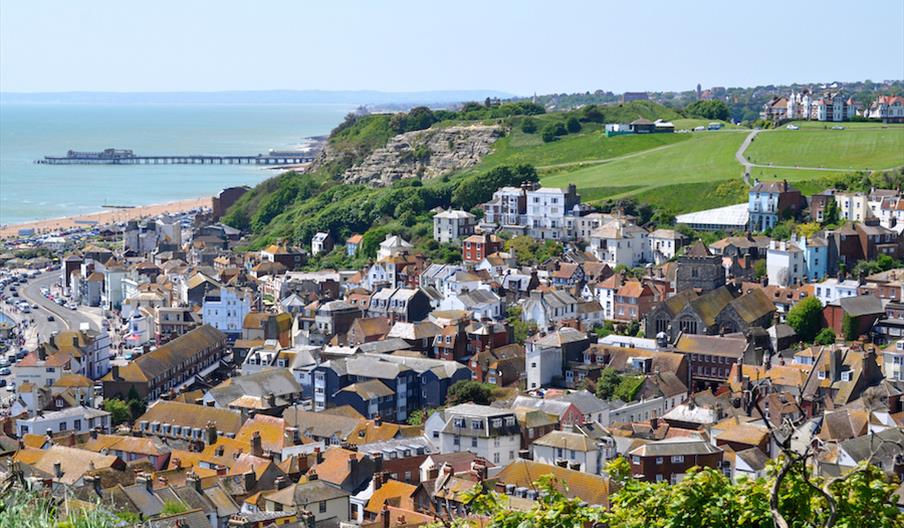
About
Summary
The Stade is considered to be one of Hastings’ key heritage attractions, being characterised by a beach-launched fishing fleet and black timber net huts. Whilst various studies had identified the Stade as an important visitor destination in Hastings, it was generally thought to be lacking in terms of a sense of arrival, visitor information, and orientation. In particular, the existing tourism information centre and associated facilities were considered to be in a poor state of repair and required urgent replacement. The aim of this study was to create a cluster of attractions that would provide a critical mass of visitor infrastructure and appeal to a broad range of visitors as well as serve the local community.
Our Approach
Thus study was undertaken through a mix of site visits, stakeholder consultations, local council meetings, and documentation reviews. An invitation workshop for local organisations and businesses, including coach operators, fisheries, Stade and Rock-a-Nore businesses, The Fisherman’s Museum, Shipwreck Heritage Centre, Hastings Heritage, councillors and community groups was undertaken prior to a public consultation that presented the proposed design concepts.
Once these were agreed by the Borough Council there was a refinement of the design, funding and financial feasibility, and proposed management and legal structures for the operation of the overall development.
Outcome
Following extensive consultations with local stakeholders and a review of local facilities, it was apparent that three development options should be proposed, enabling the client to prioritise development depending on the available budget. The core option included a new tourism information centre, the removal of the adjacent coach park to create much needed open space, and the development of indoor community space.
The architectural design was based on the traditional fishing hut, and consisted of two separate buildings, enabling one or both to be built depending on the development option chosen. The medium development option included space for a “destination” restaurant, aimed at the fish market, with the full development option including a budget accommodation facility in the second of the two buildings.
Directions
Projects Nearby
Developers needed an options appraisal to identify uses for a Grade 2* listed Pugin…
This study set out the vision for St Leonards Gardens in terms of accessibility,…
A feasibility study for a modern interpretive education centre based in Hastings Country…
In-depth analysis of 15 recreational markets identified that a multi-sport activity…
After delivering the Pebsham Countryside Park Recreational Demand Study and Public…
This project required the preparation of a Destination Management Strategy and plan for…
Feasibility study for developing a conference centre at Pestalozzi's International…
The National Trust required interpretation and development options for nine properties in…
Study to investigate the feasibility of developing the Strand Car Park in Rye, which has…
This study assisted the Camber Visitor Management Initiative to develop a business plan…
Study to produce three itineraries, one each for Burwash, Pevensey and Rye in East Sussex…
Interpretative Heritage Trails and maps were developed for Lullingstone Roman Villa,…
A robust analysis of Wealden’s visitor economy was undertaken to inform the next tourism…
Robust evidence was needed to inform future planning policy and the Seafront Local Plan.…
Visit Eastbourne is the destination management organisation for Eastbourne and the…
A review of tourism in the High Weald Area of Outstanding Natural Beauty was undertaken…



.png)





